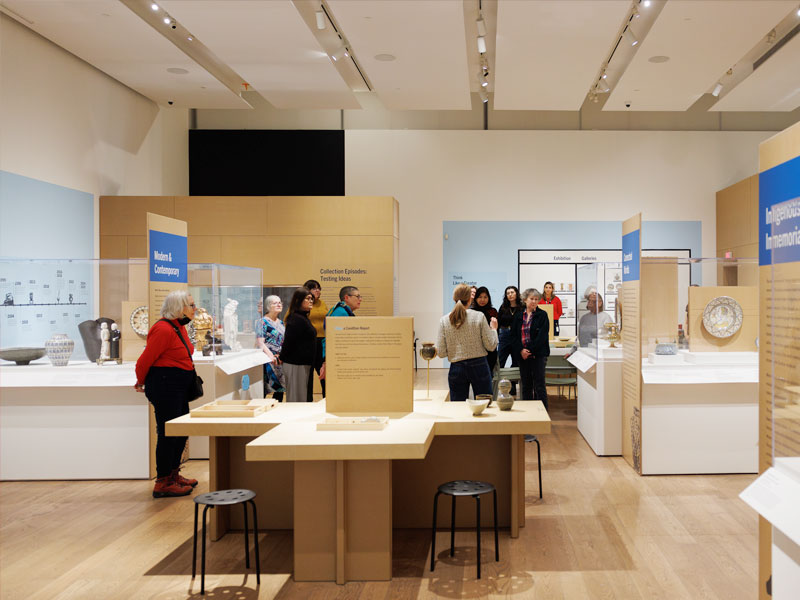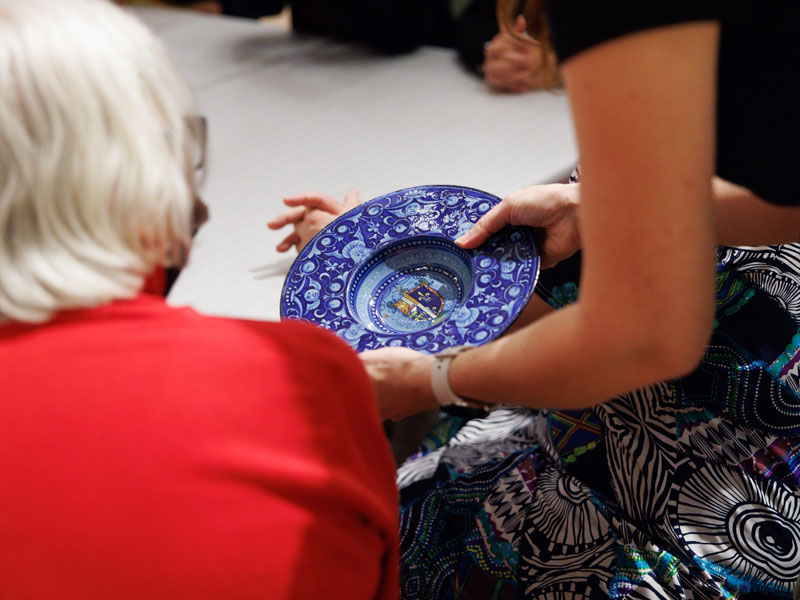Pop Art Porcelain: Eye Catching Ceramics from 17th Century Japan
The Gardiner Museum brings together people of all ages and backgrounds through the shared values of creativity, wonder, and community that clay and ceramic traditions inspire.

- This event has passed.
Pop Art Porcelain: Eye Catching Ceramics from 17th Century Japan
November 23, 2016 @ 6:30 am - 8:30 pm
$10
In the West, our knowledge of 17th-century Japanese porcelain has been filtered by the many Kakiemon and Imari pieces from Arita that were exported to Europe, and the copies made of them by Dutch, German, French, and English factories. Domestic Japanese porcelain tells a very different story. The great peace established by Tokugawa Ieyasu, the founder of modern Japan, in 1615 after 100 years of civil war, promoted prosperity, increased literacy, and growing consumerism.
Astute entrepreneurs commercialized all aspects of Japanese culture, and these developments were reflected in a new, optimistic, and flamboyant hedonism. The spread of education stimulated a publishing boom. Illustrated books containing up-to-date imagery of beautiful women, botanical studies and textile patterns, both domestic and from China, became accessible to artisans decorating porcelain, even in far away Arita.
In conjunction with newly imported enameling techniques and other innovations brought from China, they used these manuals to create exciting patterns and motifs. Porcelain manufacturers worked for a highly competitive and fashion conscious elite of samurai overlords, wealthy temples, and successful merchants. To succeed, their wares had to have bold, innovative patterns, with eye-catching imagery that was unconstrained by the design requirements of the export markets. Little is known in the West of these domestic wares, which today often serve as exemplars of the genius of traditional Japanese design.
Image: Dish with flowering peony design, Hizen ware, aode-Kutani type; porcelain with over-glaze enamels, Edo period, circa 1650



